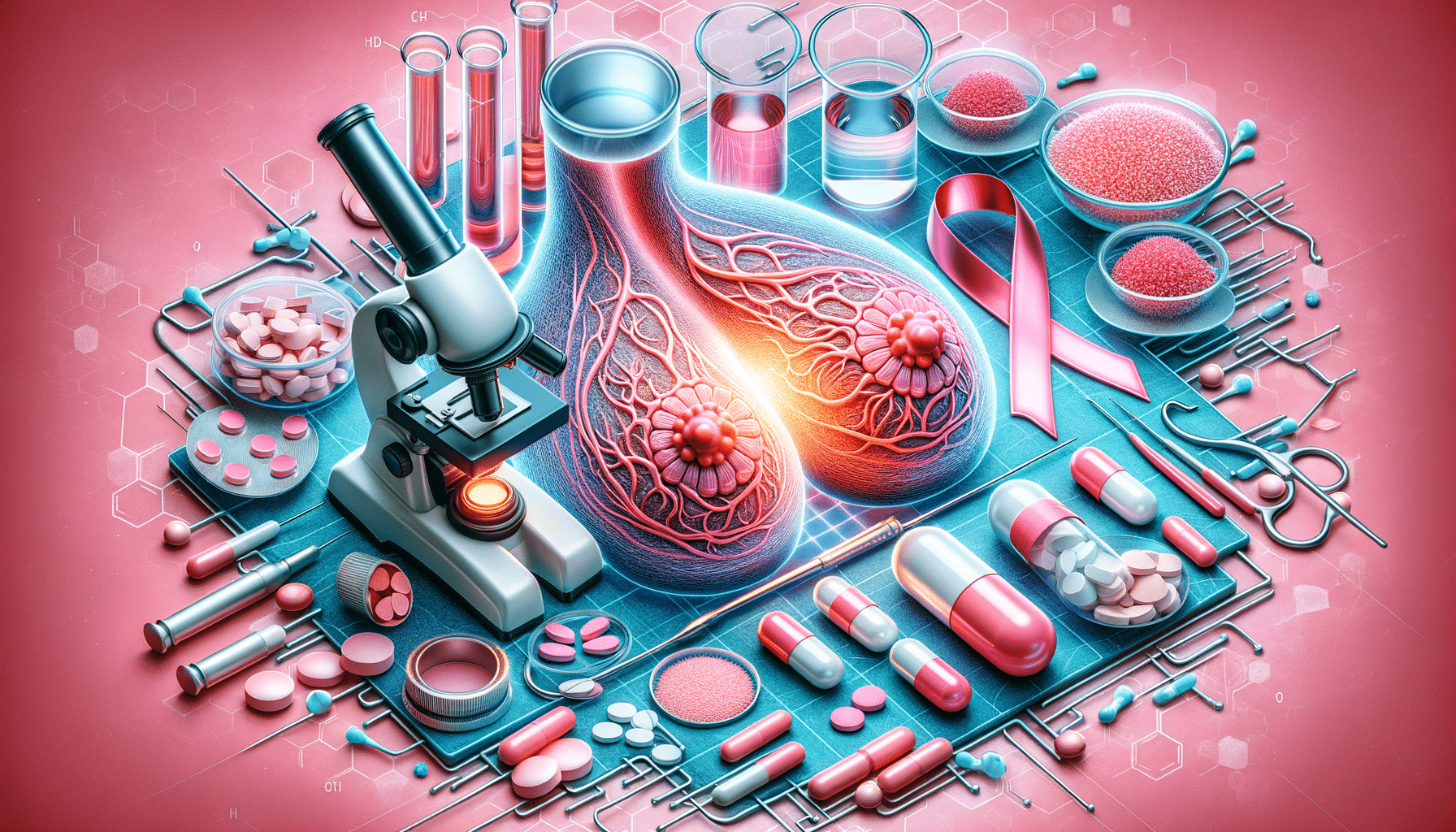
Exploring Hormone Therapy for Breast Cancer Patients
Introduction to Hormone Therapy and Breast Cancer
Breast cancer remains one of the most prevalent cancers affecting individuals worldwide. As research continues to advance, hormone therapy has emerged as a significant treatment option for those diagnosed with hormone receptor-positive breast cancer. This type of cancer grows in response to hormones such as estrogen and progesterone, making hormone therapy a strategic approach to hinder cancer progression. Understanding the nuances of hormone therapy is crucial for patients and healthcare providers to make informed decisions about treatment plans.
Hormone therapy works by blocking the body’s natural hormones from stimulating cancer growth. It can be administered in various forms, including oral medication, injections, or surgical procedures. The ultimate goal is to reduce the risk of cancer recurrence and improve survival rates. However, like any treatment, hormone therapy comes with its own set of potential side effects and considerations, which necessitates a thorough understanding before proceeding.
For patients diagnosed with breast cancer, exploring hormone therapy options can be both empowering and daunting. It is essential to weigh the benefits against the risks, consider personal health factors, and engage in open dialogue with healthcare professionals to tailor the most effective treatment strategy.
Understanding Breast Cancer and Its Hormonal Links
Breast cancer is categorized into various types based on the presence of hormone receptors. Hormone receptor-positive breast cancers, which include estrogen receptor-positive (ER+) and progesterone receptor-positive (PR+) cancers, are particularly influenced by hormonal changes in the body. These cancers account for a significant portion of breast cancer cases, making hormone therapy a pivotal treatment option.
The relationship between hormones and breast cancer is complex. Estrogen and progesterone, naturally occurring hormones, can promote the growth of cancer cells. Hormone therapy aims to disrupt this interaction by either lowering hormone levels or blocking their effects on cancer cells. This approach can be particularly effective in postmenopausal women, where hormone production shifts primarily to peripheral tissues.
Several hormone therapy drugs are available, each with specific mechanisms of action. Selective estrogen receptor modulators (SERMs) and aromatase inhibitors are among the commonly used medications. While SERMs block estrogen receptors on cancer cells, aromatase inhibitors reduce estrogen production in the body. The choice of therapy often depends on the patient’s menopausal status, overall health, and specific cancer characteristics.
Understanding the hormonal links to breast cancer is critical for tailoring treatment plans. By identifying the hormone receptor status through diagnostic testing, healthcare providers can recommend the most appropriate hormone therapy, offering patients a chance for improved outcomes and quality of life.
Cancer Treatment Options: Beyond Hormone Therapy
While hormone therapy is a crucial component of breast cancer treatment, it is often part of a broader strategy encompassing various modalities. Comprehensive cancer care typically involves a combination of surgery, chemotherapy, radiation therapy, and targeted therapies, each playing a unique role in addressing different aspects of cancer management.
Surgical options, such as lumpectomy or mastectomy, aim to remove cancerous tissues and are often the first line of treatment. Chemotherapy and radiation therapy are systemic and localized treatments, respectively, designed to eliminate cancer cells and reduce the risk of recurrence. Targeted therapies, on the other hand, focus on specific molecular targets associated with cancer growth, offering a more precise approach with potentially fewer side effects.
The integration of these treatments depends on various factors, including the stage and type of cancer, patient preferences, and overall health. Multidisciplinary teams, comprising oncologists, surgeons, radiologists, and other specialists, collaborate to devise personalized treatment plans that optimize outcomes while minimizing adverse effects.
Exploring the full spectrum of cancer treatment options allows patients to make informed decisions about their care. By understanding the benefits and limitations of each modality, individuals can work with their healthcare providers to develop a comprehensive plan that aligns with their goals and lifestyle, ultimately enhancing their journey toward recovery and wellness.


